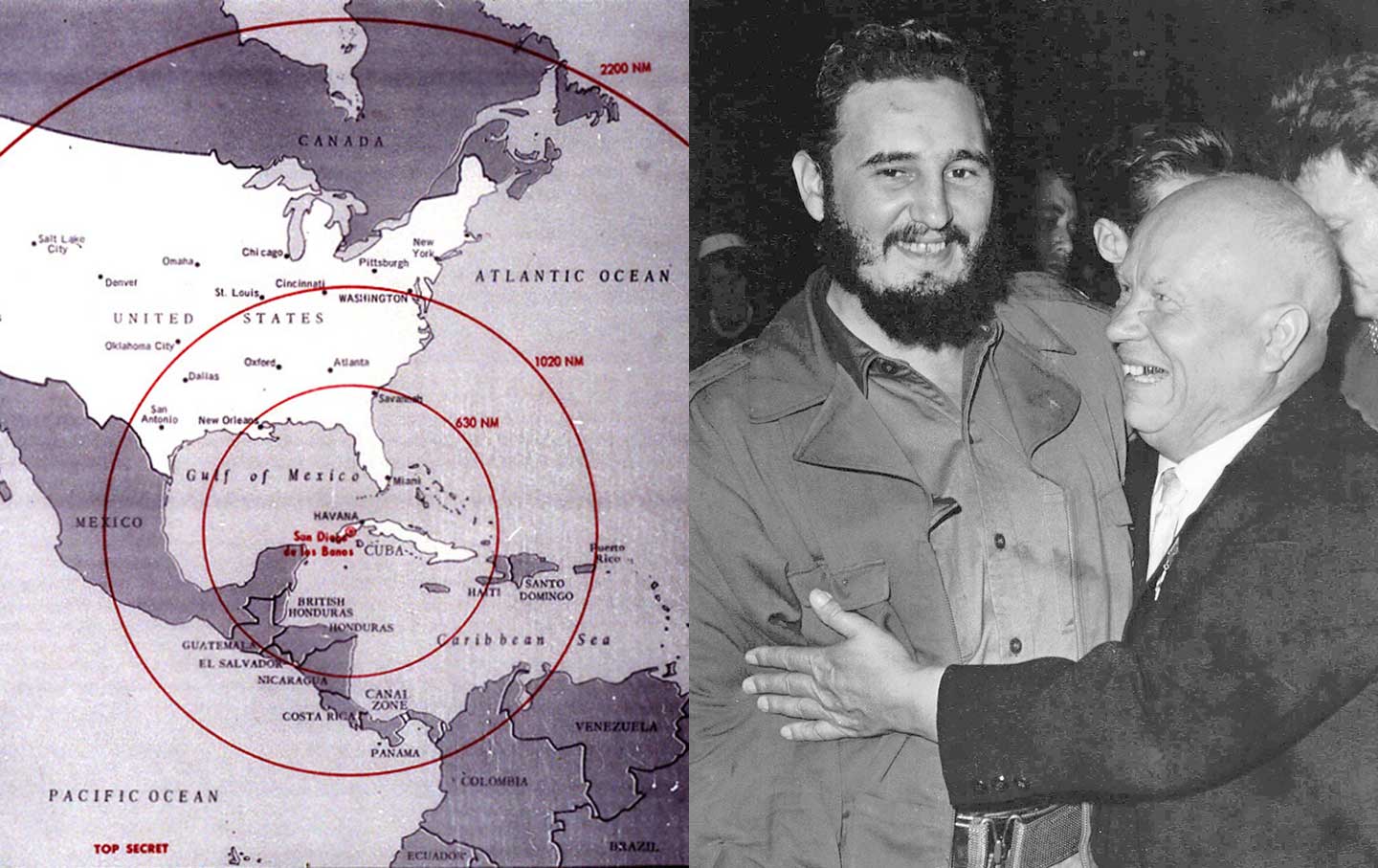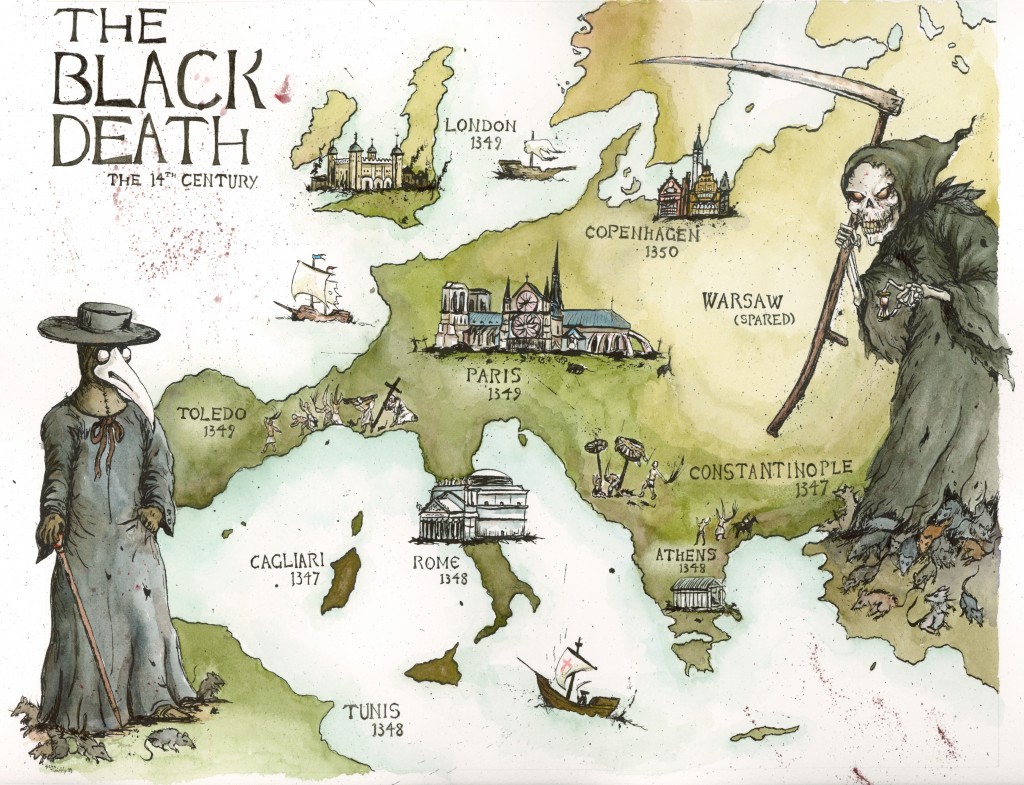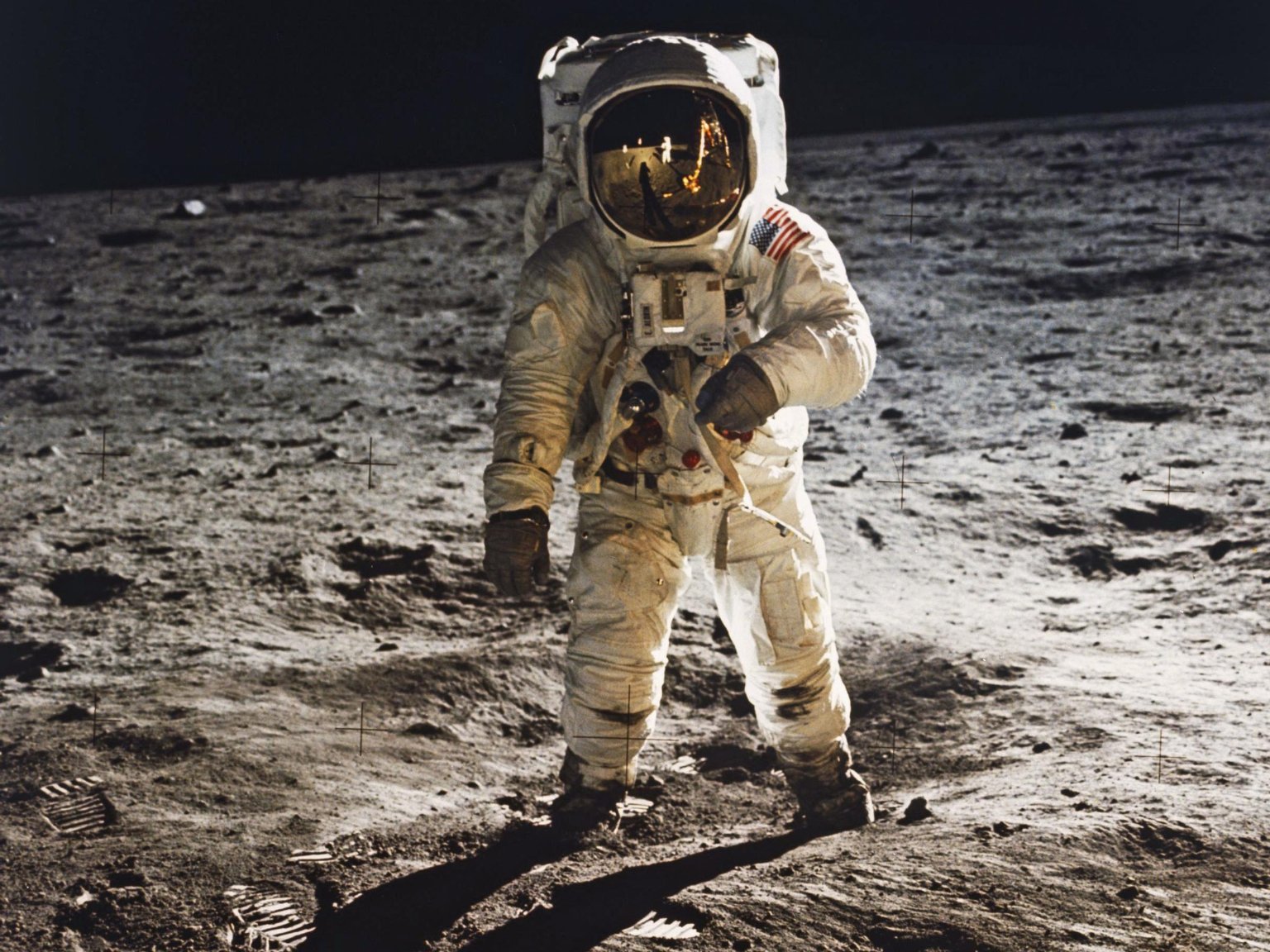History often feels like a straight line in hindsight—a sequence of dates and events, each one neatly following the other. But in reality, history is messy. It\'s full of narrow escapes, delayed disasters, and invisible turning points where one decision or moment could have radically altered the world we live in today. These \"almosts\" are just as important as the events that did happen because they remind us how fragile the course of history really is. Here are five moments when the world teetered on the edge of a completely different reality—and stepped back just in time.
5. The 1983 Soviet Nuclear False Alarm
It was a quiet night at the Serpukhov-15 bunker outside Moscow. Lieutenant Colonel Stanislav Petrov was on duty, monitoring Soviet missile warning systems, when suddenly the alarms screamed: the United States had launched five nuclear missiles. Protocol demanded immediate retaliation. Within minutes, global nuclear war could be unleashed based on a blinking light. But Petrov hesitated. Something didn’t feel right. Why only five missiles if the U.S. wanted to start a war? He trusted his instincts and reported it as a false alarm. He was right—sunlight reflecting off clouds had triggered a satellite malfunction. Without his restraint, the Cold War might have turned hot within hours, wiping out entire populations. Petrov’s calm skepticism quite literally saved the world, yet he remained virtually unknown for decades.
4. The Failed Assassination of Hitler in 1944 (Operation Valkyrie)

By 1944, even some of Hitler’s closest officers were convinced he had to be stopped. Claus von Stauffenberg, a wounded war hero turned resistance leader, placed a suitcase bomb under a table in Hitler’s Wolf’s Lair briefing room. The device exploded, but a wooden table leg deflected most of the blast—Hitler survived with minor injuries. But had that briefcase been placed just a few inches differently, the explosion would likely have killed him instantly. The conspirators had already begun mobilizing the German military to seize control and negotiate peace with the Allies. A successful assassination could have ended the war in Europe a year early, potentially saving millions of lives and altering the post-war balance of power. Instead, the plot failed, the conspirators were executed, and the war dragged on—with devastating consequences.
3. The Close Call at the Cuban Missile Crisis

October 1962: the world held its breath as the U.S. and Soviet Union squared off over nuclear missiles in Cuba. Tensions escalated daily, and with both nations on hair-trigger alert, even a minor miscalculation could have ignited global thermonuclear war. One such miscalculation nearly did. A Soviet B-59 submarine, deep in the Atlantic, was being hunted by U.S. forces who began dropping warning depth charges. Unable to surface and unaware that war hadn’t started, the sub\'s commander prepared to launch a nuclear torpedo. According to protocol, unanimous consent from three officers was required. Two agreed. One—Vasili Arkhipov—refused. He insisted they surface and await orders. His decision stopped an irreversible chain of events. It’s not hyperbole to say that Arkhipov might be the single reason we’re still here.
2. The Black Plague’s Potential to Wipe Out Europe

In the mid-14th century, Europe was struck by a wave of pestilence so severe it seemed like the end of days. The Black Death, caused by the bacterium Yersinia pestis, spread like wildfire through rats and fleas, leaving towns deserted and families destroyed. Entire regions lost over half their population. But what if it had been worse? A slightly more virulent strain, a longer-lasting wave, or delayed containment could have led to a total societal collapse. Governments were already teetering. Agriculture failed. Faith in institutions vanished. Had Europe lost a few more percentage points of its population, it might have triggered a total breakdown of law, order, and knowledge. The Renaissance, the Enlightenment, and even the modern Western world might never have happened. It was a near-apocalyptic reset that didn’t quite finish the job.
1. The 1969 Moon Landing Going Wrong

July 20, 1969: the world watched in awe as Neil Armstrong stepped onto the Moon. But behind that legendary moment were dozens of nail-biting risks. The lunar module almost ran out of fuel before landing. A software overload nearly triggered an abort. President Nixon had a pre-written speech ready in case the astronauts became stranded, unable to return to Earth. Had the Eagle crashed or failed to launch back into orbit, the public and political backlash could have crippled NASA and ended space exploration for decades. Instead, the mission was a triumph that inspired generations. But it could easily have been a tragedy etched into history as a cautionary tale of ambition gone too far. That “small step for man” was anything but guaranteed.

Leave a Comment